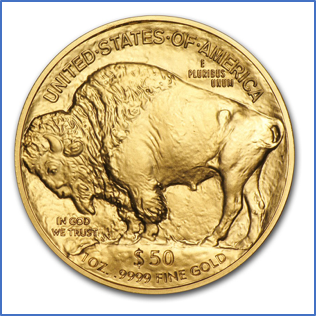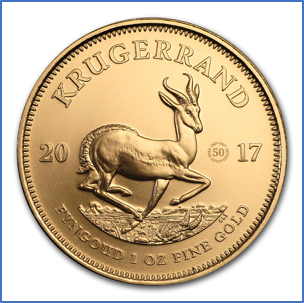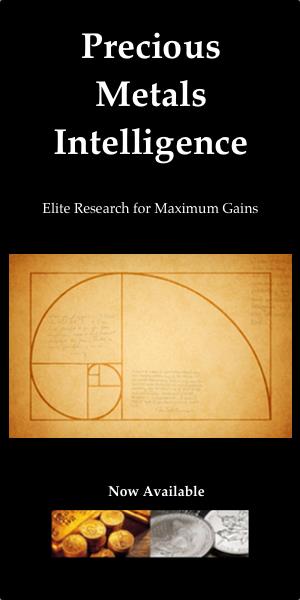Buying Gold Coins – An Important Consideration

An interesting article appeared in Bloomberg this week about an Italian citizen who, during a random bag search, was found on a train from Switzerland to be carrying 125 gold coins into the country. He had not declared the coins to Italian customs. The headline appears at right:
Italian authorities held the man, and he will have to pay duties and a penalty, as the total value of the coins was 53,000 euros -- above the 10,000 euro limit for which no declarations are necessary.
The Bloomberg article does not say which type of coins the man was carrying.
Which Gold Coins Are Best?
This article reinforced a point regarding the physical market that I have begun to place more importance on in recent years.

After some time of recommending to individuals that they buy whichever form of gold allows them to purchase the most ounces for their money, I have begun to change my posture regarding physical gold. The Bloomberg article above is a prime example as to why.
Personally, and for those I work with, I now advise the purchase of the least-expensive low-denomination government-issued gold coins available. These tend to be one-ounce coins with a $50 dollar face-value, such as the Canadian Maple Leaf, the American Eagle, or the American Buffalo coin, which is pictured at left.
Legal Tender Coins Offer Easy Portability
The reason I recommend low-denomination legal-tender coins is that the $50 face-value gives the coins a legal loophole as far as customs are concerned, which likely would have avoided the penalty paid by the man importing gold into Italy.
Even though the actual metal content of the coins is worth much more, each coin is considered legal tender in the eyes of the government and valued at $50. For example, if entering the United States, up to 200 of the $50 coins could be legally imported on a single trip into the country without declaration as within the $10,000 customs cash limit.
Of course, if one was importing 200 $50 face-value coins, the true gold worth would be closer to $250,000 at today’s spot prices. But the import law is only concerned with the face-value, not the metal value.

We are not told in the article above whether or not the Italian man’s coins had a face-value, but presumably they did not, as the government did not recognize a legal denomination.
Contrast the legal importation of 200 ounces of gold in $50-coin form, versus an 8 ounce limit (at $1,250/oz) were the gold to be in bars or coins without a legal tender denomination, which would be the maximum amount allowed to stay under $10,000 cap. The South African Krugerrand, pictured here, is an example of a gold coin that does not carry a legal face-value.
Is The Extra Premium Worth It?
Legal tender coins tend to carry a $10-$40 premium above and beyond non-legal tender coins, bars, or rounds.
Whether or not the slightly higher premium on legal tender coins is worth the cost is a question each individual must consider for him/herself.
Perhaps you never plan to travel internationally with that much purchasing power – but is having the option to do so worthwhile?
[Of course, if one’s intention is to store bars/coins permanently in a vault, a separate set of criteria may be more important to one’s planning.]
The bottom line is that for those looking to accumulate physical gold over a period of years -- and who want to keep their international travel options open -- low-denomination face-value government gold coins allow the best combination of moderate premiums with uncomplicated legal portability.
What do you think?
*********


















